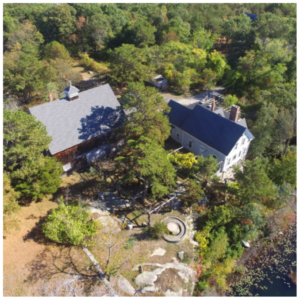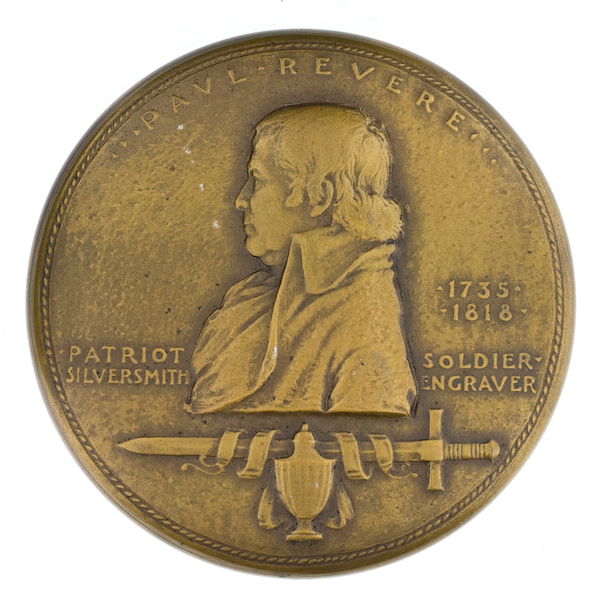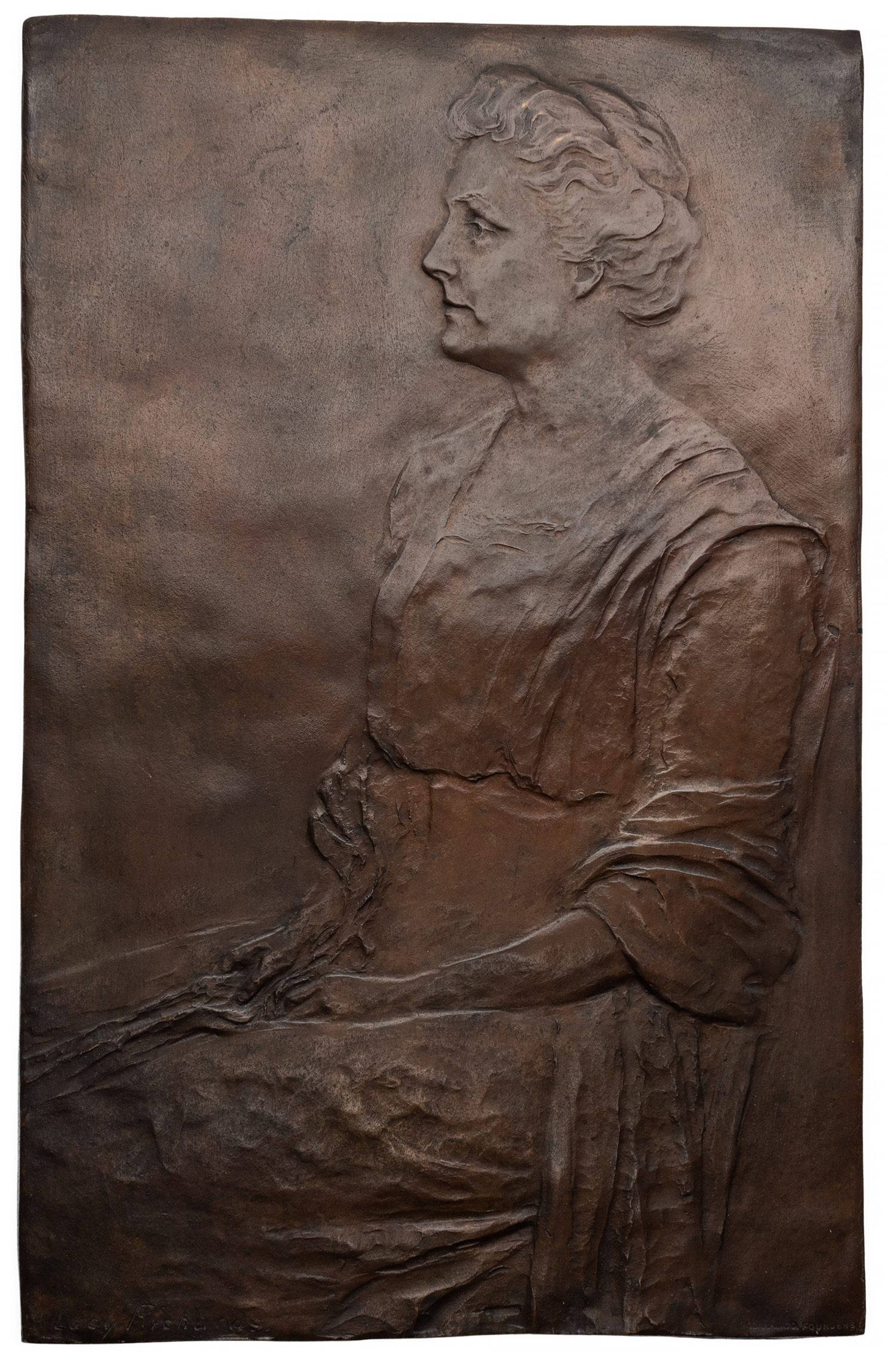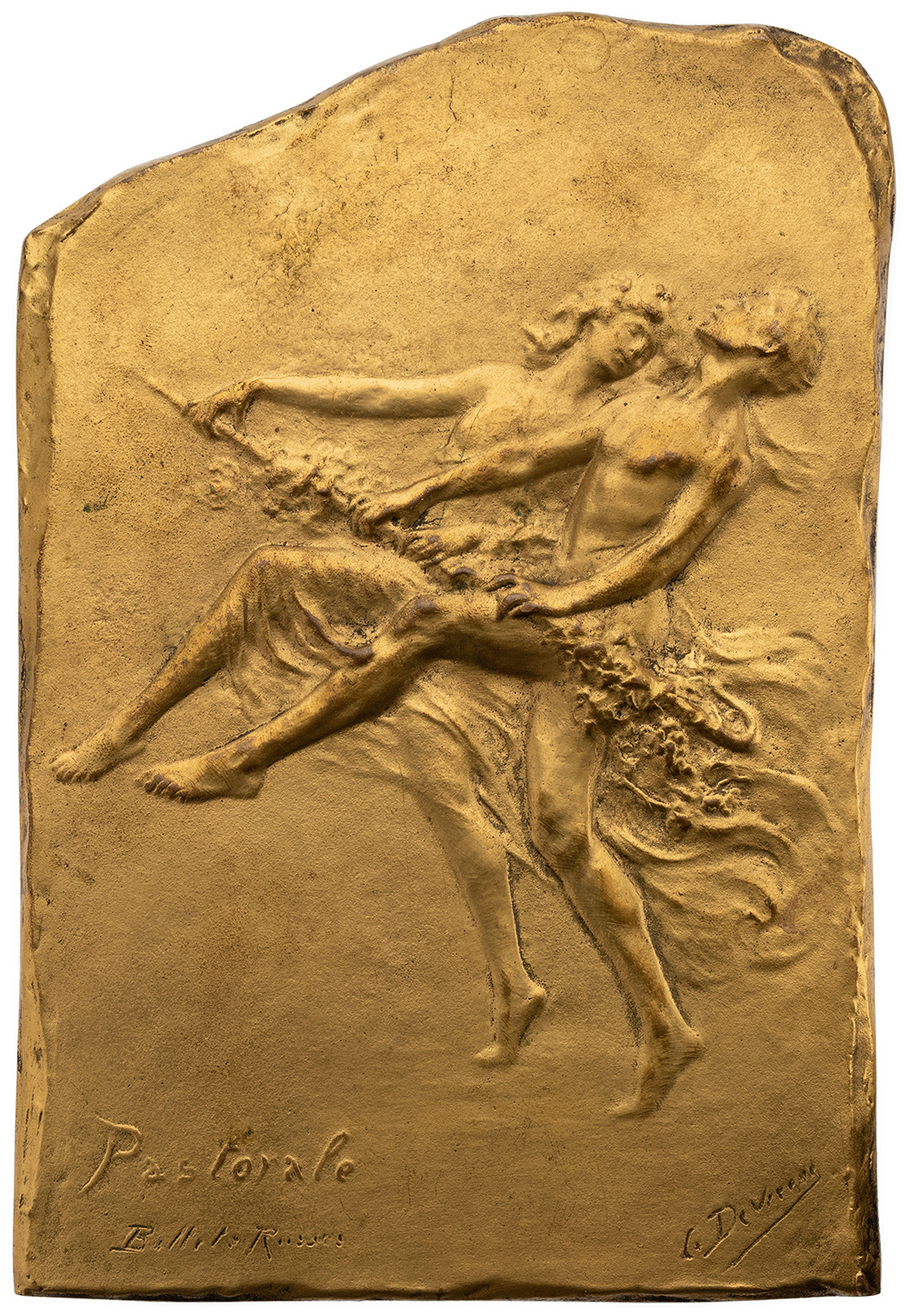Judging the Gloucester 400 Medallion Competition

On Wednesday, February 12, 2020, I ventured to Gloucester, Massachusetts to participate as a judge in the Gloucester 400 project—a year-long celebration of city-wide event and festivities commemorating Gloucester’s founding in 1623. As a part of the celebrations, the Gloucester Celebrations Corporation held a two-phase competition to design a commemorative medal. Phase I of the competition allowed anyone over the age of 18 to submit an original sketch of the design that met multiple guidelines, including the inscription “Gloucester” and “400,” the dates “1623–2023,” and design elements appropriate for high-relief striking. Initial entries were due by August 31, 2019, from which three semi-finalists were picked on October 1. Semi-finalists included Alexis Chipperini, Beth Swan, and Shannon Wilkins, each of whom won a $3,000 prize.
Phase II had the three semi-finalists submit a plaster model of their design by December 1, 2019. To complete the process, medals-expert, Alexander Krapf, and I met at Cape Ann Savings Bank to judge the final phase of the competition (Fig. 2). After about 30 minutes of deliberation, Krapf and I decided on a winner: Beth Swan, a graphic/web media artist from Gloucester. Both of us decided that her design, entitled “Out at Sea,” best encapsulated the different aspects of Gloucester, met all of the guidelines outlined by the Gloucester Celebrations Corporation, and formed a completed and well-rounded design (Fig. 1). The obverse depicts the Gloucester skyline as seen from the harbor, a stylized codfish in the exergue below, and the inscriptions GLOUCESTER 400 and 1623–2023 above. The reverse shows the iconic Gloucester Fisherman’s Memorial, known as the “Man at the Wheel,” against a rising sun and three stylized ships.

At a Gloucester City Council meeting on February 25, the Gloucester Celebrations Corporation announced Swan as the winner, for which she won a $10,000 prize. Robert Gillis and Bruce Tobey gave background information about the competition before Ruth Pino had the honor to open the sealed envelope, which both Krapf and I signed the seal flap to ensure nobody opened it before the official unveiling. At this time, it was further announced that all three of the semi-finalist designs would be cast into the medallic form. The other two designs included “Call of the Storm,” by Alexis Chipperini, and “Gloucester: America’s Oldest Seaport,” by Shannon Wilkins (Fig. 3).
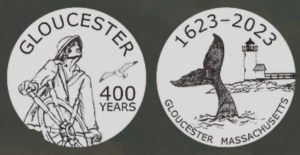
After the judging, I was given the opportunity to spend the evening at the Manship Artists Residency + Studios (MARS), known as Starfield, the former home and studio of sculptor Paul Manship, as well as artists John and Margaret Manship—located in Cape Ann just a few miles from where the judging took place (Fig. 4). This site once served as an important art colony for some of the greatest mid-century sculptors. This turned into a surreal experience for me. After a short tour of the residence, I was (quite literally) left alone in the house and was simply told to lock the door on the way out. Unfortunately, after a day of travelling and judging, there was only about an hour to explore the house before falling asleep to travel back to New York City early the next morning. I, however, look forward to when he can travel back to Gloucester and Cape Ann to better see the city and have a longer stay at MARS and highly recommends both to whomever has the opportunity to make the journey.
I would like to thank Robert Gillis and Ruth Pino for organizing the night of judging and Gloucester 400, as well as for hosting both Krapf and me; Bruce Tobey for further organization of the Gloucester 400 celebrations; Rebecca Reynolds, President of MARS, for graciously offering the Manship residence as accommodations after the event; and Alexander Krapf for also participating in judging the design competition.



